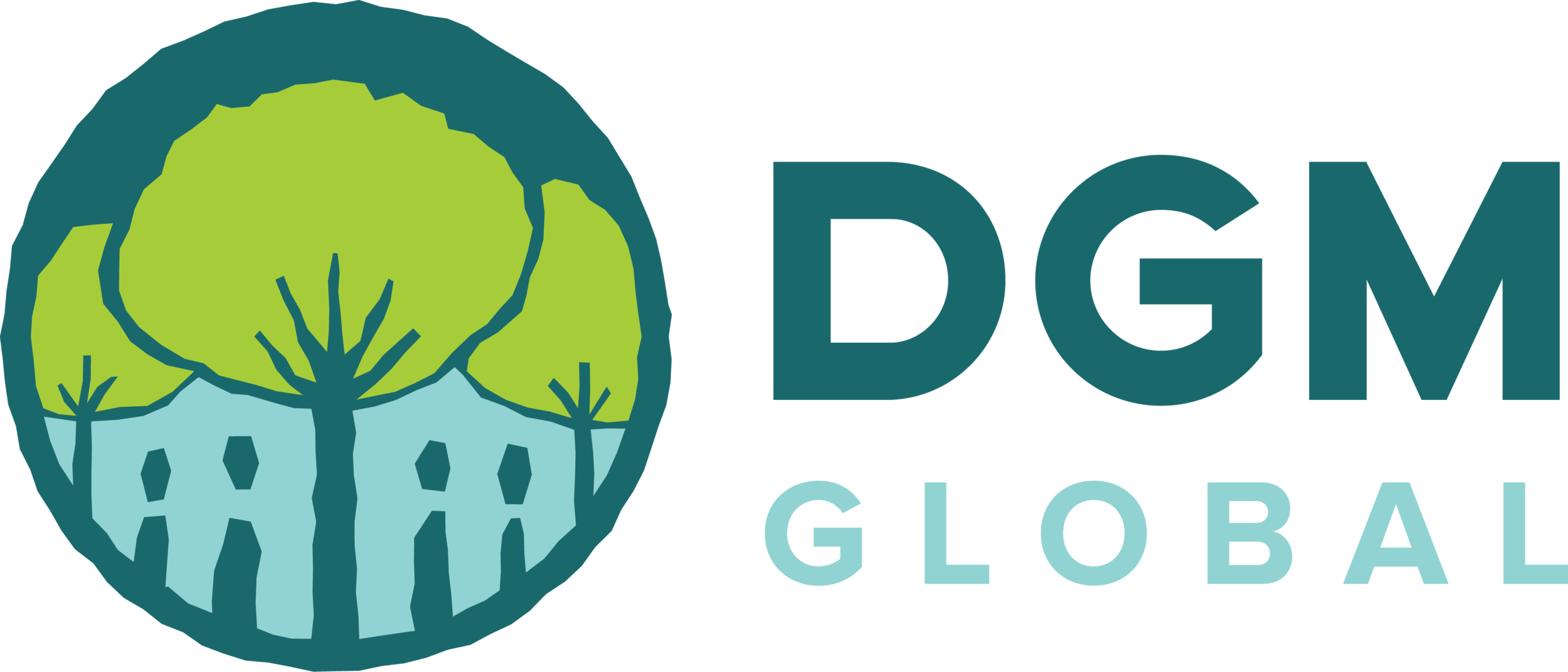10 Years, 12 Countries, Countless Voices: The DGM Story
Over the past decade, the Dedicated Grant Mechanism for Indigenous Peoples and Local Communities (DGM) has answered a critical question in global climate finance: What happens when funding reaches the very communities already protecting the planet?
Funded by the Climate Investment Funds (CIF) and implemented in partnership with the World Bank, with Conservation International serving as the Global Executing Agency, the DGM was designed in response to a clear demand from Indigenous Peoples and Local Communities (IPLCs): to access funding directly and lead the design, implementation, and governance of projects rooted in their own priorities and knowledge systems
What began as a pioneering model is now a proven mechanism for locally led climate action.
A Global Model with Local Roots
Since 2015, the DGM has supported over 900 subprojects across 12 countries in Africa, Asia, and Latin America, directly benefiting more than 270,000 people. With $63 million USD invested, these community-led projects have addressed forest conservation, food sovereignty, tenure security, women’s leadership, and intergenerational knowledge transfer.
Each project has been governed by a National Steering Committee (NSC) made up primarily of Indigenous and local community representatives — a model that has ensured local ownership, transparency, and relevance from design to execution. National Executing Agencies (NEAs) have served as technical and fiduciary partners, helping communities access funding while maintaining compliance with multilateral donor systems.
At the global level, a Global Steering Committee (GSC) and Global Executing Agency (GEA) — led by Conservation International — have provided coordination, capacity building, visibility, and advocacy, enabling IPLC voices to be heard in global spaces like the UNFCCC and CBD processes.
Country Results That Tell a Larger Story
The impact of the DGM has been felt deeply across diverse landscapes:
In Mexico, 98% of participants enhanced their engagement in REDD+ processes. Over 1,400 women gained benefits from forest-based livelihoods — nearly tripling original targets.
In Peru, more than 231,000 hectares of native land were titled through DGM-supported processes. 54% of beneficiaries were women.
In Indonesia, 51 communities submitted formal claims for tenure recognition, surpassing national targets, while 92% expanded their roles in REDD+ spaces.
In Côte d’Ivoire, training programs reached over 10,000 people, created 4,000+ jobs, and supported nearly 6,000 people through forest-based microprojects.
These are just a few examples of what direct access can achieve when paired with community-led governance and targeted technical support
Gallery Photo Credit: DGM Peru-WWF | DGM Mozambique-Lidiane Castro | DGM Brazil-Valdir Dias
The Role of the Global Project
Through the DGM Global Project, Conservation International and the Global Executing Agency played a critical role in facilitating knowledge exchange, capacity building, and cross-regional governance support. Over ten years, the global project delivered:
Global learning exchanges across continents
Communications and visibility support for national projects
Coordination across 12 countries and Multilateral Development Banks
Development of the DGM Global Fellowship, which supported over 20 young IPLC professionals
Advocacy and technical support to bring IPLC voices to high-level platforms such as UNFCCC COPs, CBD meetings, and regional climate weeks
The global project served as a connective tissue ensuring that national experiences informed global advocacy and that lessons from the global level returned to strengthen action on the ground.
A Groundbreaking Model in a Shifting Landscape
The DGM was created at a time when direct funding to IPLCs was largely untested within multilateral climate finance systems. Over the past ten years, it has quietly demonstrated that community-led climate action—supported by an inclusive governance structure—can yield meaningful and measurable results.
Although it may not be widely known outside certain policy or donor circles, the DGM has increasingly drawn attention for its innovative structure. As noted in a recent Mongabay article, the mechanism is seen as a valuable proof of concept: one that addresses long-standing barriers to direct access, while showing that Indigenous and local organizations can successfully manage climate finance—even within the complex frameworks of institutions like the World Bank and CIF.
The DGM’s experience has contributed to broader conversations about equity, access, and Indigenous-led solutions in the climate finance landscape. It continues to influence the design of emerging initiatives, including CIF’s Nature, People and Climate (NPC) program and the Inclusive Conservation Initiative (ICI) under the Global Environment Facility (GEF), both of which reflect growing momentum to increase funding to IPLC-led efforts.
Looking Ahead
The Dedicated Grant Mechanism offers critical insights for funders and institutions seeking to make climate finance more effective, inclusive, and grounded in local realities. Over the past decade, it has shown that channeling resources directly to Indigenous Peoples and Local Communities is not only possible — it delivers measurable results at scale.
As the global community continues to invest in nature-based solutions and sustainable development, the DGM provides a tested model of locally led climate action that is transparent, accountable, and impactful.
The pathway forward calls for building on this foundation — deepening trust, strengthening capacity, and expanding direct access mechanisms that respond to community priorities. The DGM story is just one example of what’s possible when Indigenous leadership and climate finance come together.
Explore more: DGM Global Annual Report (FY2024) | DGM 10 Years of Impact Video
Read more about the DGM impact in our 2024 Annual Report.
By: Lidiane Castro (Conservation International)





